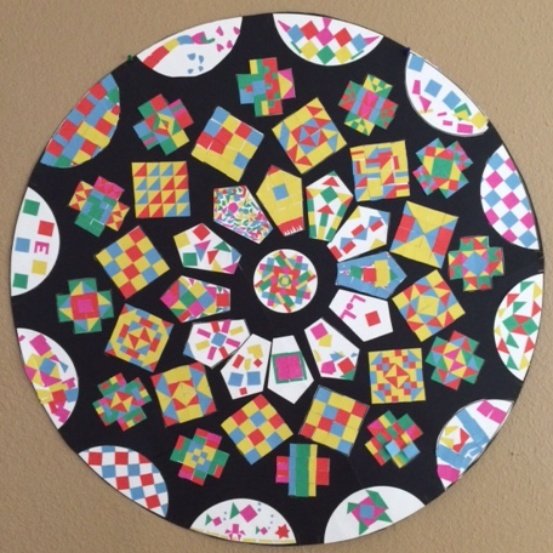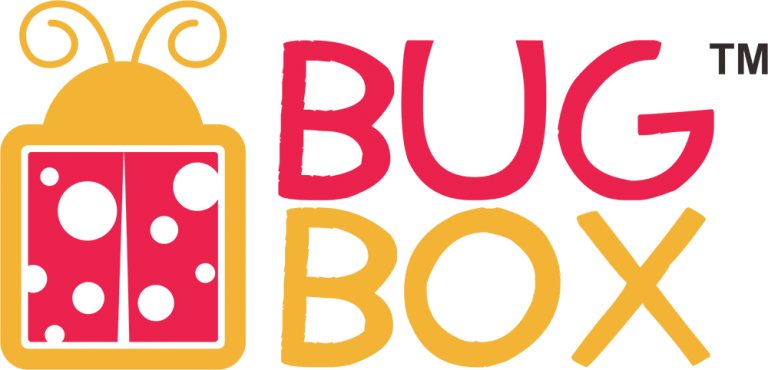Family Math Night Collaborative Project: Rose Window
I’m very excited to share with you my latest Family Math Night Collaborative Project: Rose Window. I was inspired to do this project after visiting the beautiful Chartres Cathedral in France.
Here is the final result:

The theme for this rose window is geometry and fractions. I can’t think of a more fun way to get in some important work in fractions! As with each of my Family Math Night Collaborative Projects, I put together a video where I walk you through each of the three activities and give tips on station set-up.



